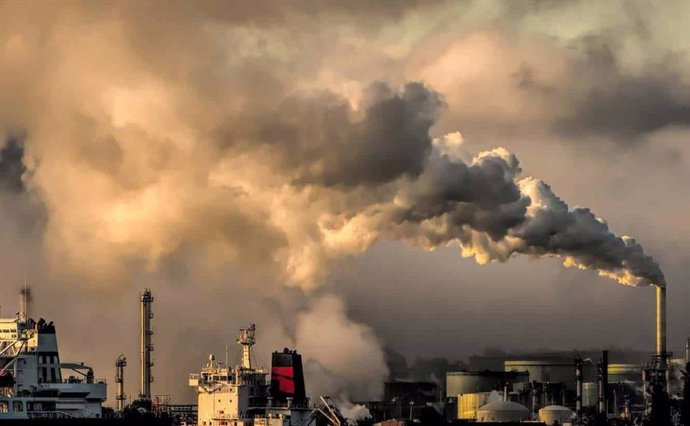Pollution – CHRIS LEBOUTILLIER.
June 14 () –
Atmospheric concentrations of a second class of ozone-depleting chemicals peaked in 2021 and now they are starting to decrease.
These substances, hydrochlorofluorocarbons (HCFCs), have been used as first-generation alternatives to the more harmful chlorofluorocarbons or CFCs, which were responsible for creating the spring hole in the ozone layer over Antarctica.
HCFCs also deplete ozone and trap heat in the atmosphere, but to a lesser extent than the CFCs they replaced in the manufacture of refrigerants, blowing agents and solvents.
In September 2007, the parties to the Montreal Protocol decided to accelerate their program to phase out the production of HCFCs for use in applications that account for the majority of releases to the atmosphere. Developed countries eliminated them completely by 2020. Developing countries agreed to begin their phase-out process in 2013 and to establish a complete phase-out of HCFCs by 2030.
Lead author Luke Western, a research fellow at the University of Bristol’s School of Chemistry, said the results underline the value of establishing and following international agreements such as the Montreal Protocol on substances that deplete the ozone layer.
“Without the Montreal Protocol, this success would not have been possible, so it is a resounding endorsement of multilateral commitments to combat the impacts of human-induced climate change,” he said. it’s a statement Western, who began this work while he was a researcher at NOAA’s Global Monitoring Laboratory. The research is published in Nature Climate Change.
FIVE YEARS EARLIER THAN EXPECTED
Using high-precision measurements of air samples provided by NOAA’s Global Greenhouse Gas Reference Network and the Advanced Global Atmospheric Gas Experiment obtained at their globally distributed atmospheric observatories, the researchers were able to determine how much the depletion impact of the ozone layer as the heat trapping impact of HCFCs they had peaked five years ahead of schedule.
Adopted in 1987, the Montreal Protocol is a multilateral environmental agreement that introduced controls on the production of ozone-depleting substances such as CFCs. CFCs were once widely used in the manufacturing of hundreds of products, including aerosols, cooling devices, blowing agents for foams and packaging, and solvents.
Scientists hope that compliance with the controls agreed upon by the parties to the Montreal Protocol restore the stratospheric ozone layer by 2065, which will prevent 443 million cases of skin cancer, approximately 2.3 million skin cancer deaths, and more than 63 million cases of cataracts in the United States alone, with even greater benefits worldwide.
HCFC concentrations in the atmosphere are small (measured in parts per trillion) and their contribution to warming peaked at about 1% of the warming of the sum of all long-lived greenhouse gases and 2.8 % of CO2 warming. Once HCFCs leak into the atmosphere, they are much more efficient than an equal amount of CO2 at trapping heat in Earth’s atmosphere that would otherwise escape into space. The warming produced by the release of the most used HCFCs over 100 years It is almost 2,000 times greater than that produced by an equivalent amount of CO2.





![[Img #74692]](https://thelatestnews.world/wp-content/uploads/2024/12/What-do-11-and-12-year-old-boys-and-girls-150x150.jpg)




![[Img #74692]](https://thelatestnews.world/wp-content/uploads/2024/12/What-do-11-and-12-year-old-boys-and-girls-300x200.jpg)


Add Comment